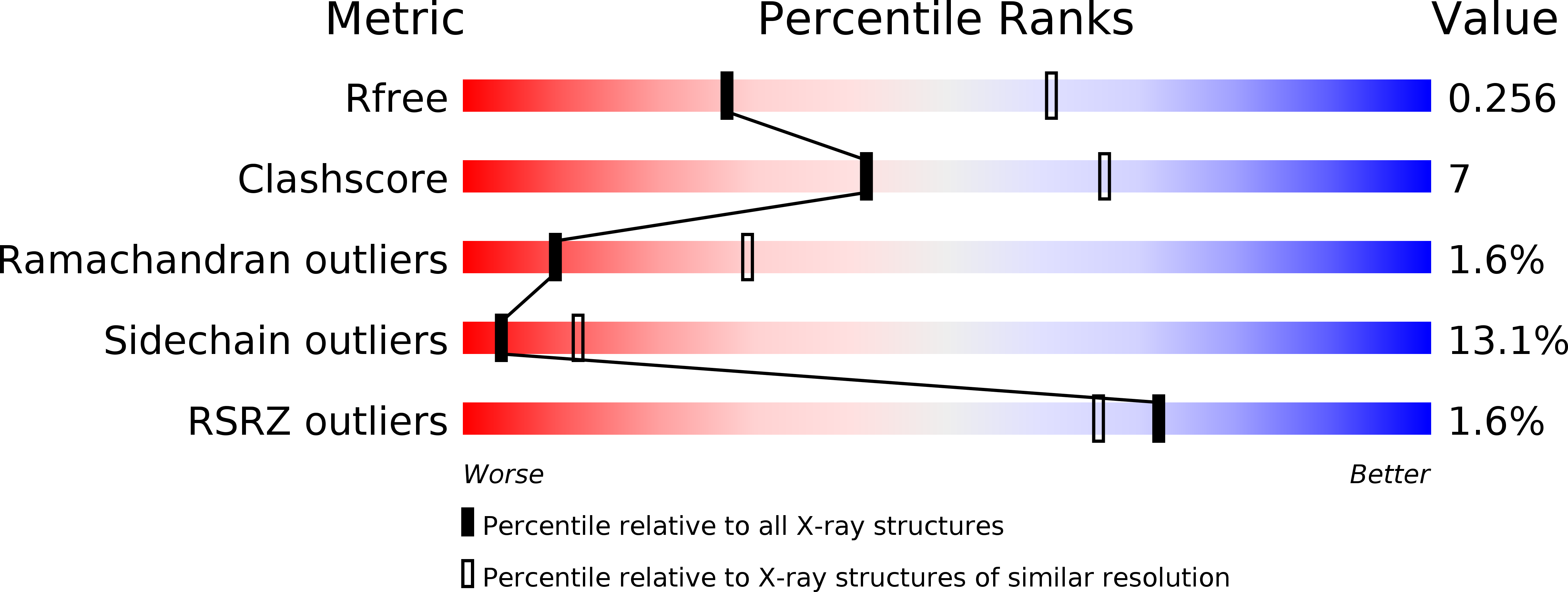
Deposition Date
2016-01-27
Release Date
2016-04-13
Last Version Date
2024-12-25
Entry Detail
PDB ID:
5HUF
Keywords:
Title:
The crystal structure of hemagglutinin from A/gyrfalcon/Washington/41088-6/2014 influenza virus
Biological Source:
Source Organism:
Host Organism:
Method Details:
Experimental Method:
Resolution:
2.81 Å
R-Value Free:
0.25
R-Value Work:
0.22
R-Value Observed:
0.22
Space Group:
P 21 21 2


